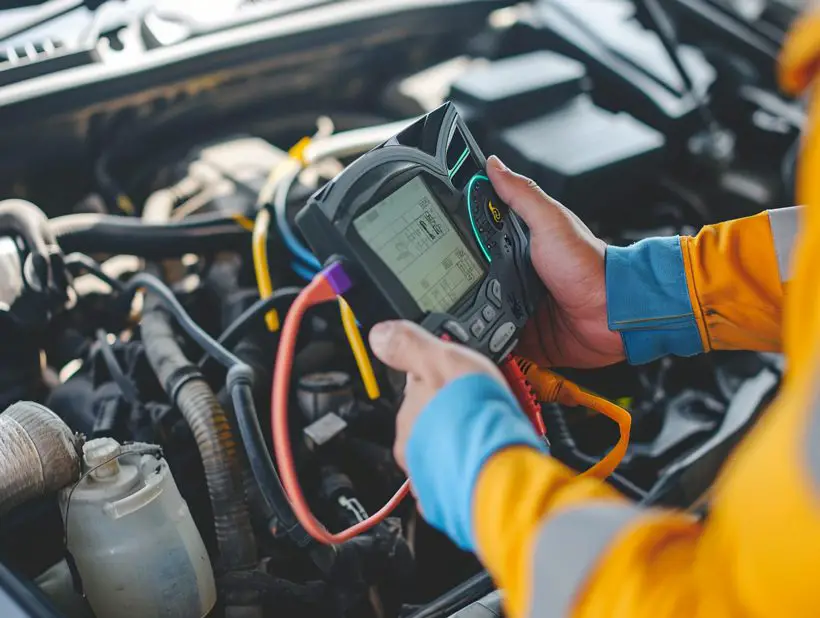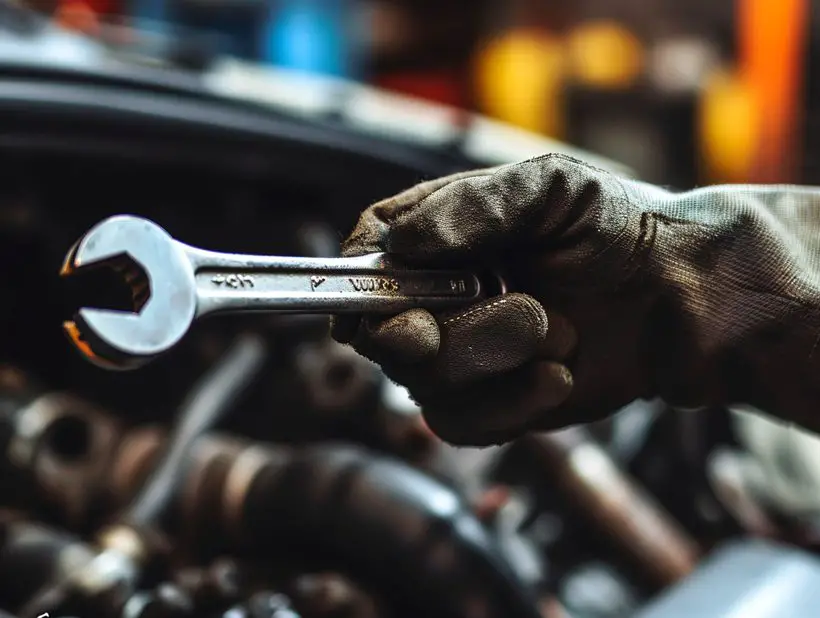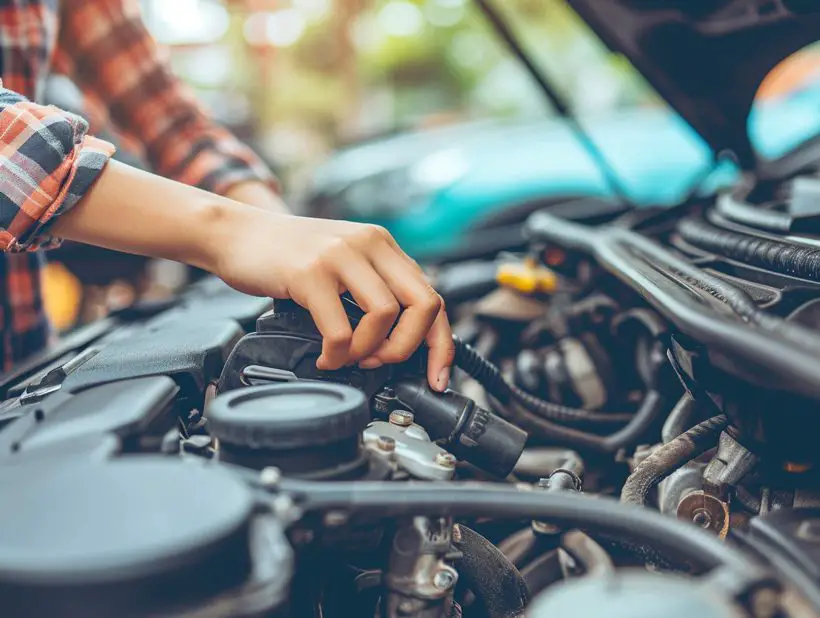Ever experienced that sinking feeling when your car refuses to start on a hot day? We’ve all been there, and it’s as frustrating as it gets. But don’t sweat it‚Äîwe’re here to help you troubleshoot those hot no-start problems.
Understanding why your car balks in the heat is the first step to getting back on the road. We’ll guide you through common culprits like vapor lock and battery issues that can leave you stranded when the mercury rises.
Stick with us as we dive into the nitty-gritty of hot start issues. We’ve got the know-how to pinpoint the problem and the fixes that’ll have you cruising smoothly, no matter how high the temperature climbs.
Common Causes of Hot No-Start Problems
When the mercury soars, car owners often encounter the vexing issue of a vehicle that simply refuses to start. Understanding the common culprits behind this hot no-start conundrum can save us time and avoid the frustration that comes with being stranded.

Vapor Lock: This phenomenon occurs when fuel changes from liquid to gas while still in the fuel delivery system. High temperatures can facilitate this unfortunate transformation, particularly in cars with carburetors.
Battery Issues: Heat affects battery performance by hastening corrosion and evaporating the essential battery fluid. An older battery is especially vulnerable on sweltering days, potentially leading to insufficient power to start the engine.
Starter Motor: Just like any other machine, a starter motor can struggle with high heat. It’s not uncommon for the starter to overheat and fail, typically due to increased resistance in its windings or bearings seizing up due to the expansion from the heat.
Engine Oil Viscosity: Oil that’s too thick can cause excessive drag on the engine’s internal components. Conversely, oil that’s too thin won‚Äôt provide adequate lubrication. Both scenarios can lead to starting difficulties in high temperatures.
Fuel Pump: A failing fuel pump might barely manage to function when it’s cool but flounder as temperatures rise due to increased demand and the additional challenge of pumping vaporized fuel.
To expertly address these issues, we’ll delve into each one with focused solutions.
| Trouble Area | Influence on Hot No-Start |
|---|---|
| Vapor Lock | Fuel volatility |
| Battery Performance | Accelerated wear |
| Starter Motor | Heat resistance |
| Engine Oil | Inadequate lubrication |
| Fuel Pump | Inefficient fuel delivery |
In sum, regular maintenance and preemptive checks during warmer months can mitigate the risks associated with hot no-start problems. Let’s explore the steps we can take to ensure our cars are as ready for the heat as we are.
Understanding Vapor Lock
A common culprit for hot no-start problems in cars is vapor lock. This phenomenon occurs when fuel changes from a liquid to a gas in the fuel delivery system. During sweltering weather, the high temperature can cause fuel to boil inside the fuel line or pump, creating bubbles that hinder the flow of liquid fuel to the engine.
Let’s break down the key factors contributing to vapor lock:
- External temperatures: High ambient heat can raise the temperature of engine components and the fuel system.
- Fuel volatility: Lower boiling points of certain fuel blends can exacerbate vapor lock conditions.
- Engine heat soak: When you turn the engine off, residual heat can build up and temporarily increase underhood temperatures, worsening the situation.

Spotting vapor lock isn’t always straightforward, but a telltale sign is a car that starts when cool but refuses after being driven and then parked for a short period. Here’s what you should consider if you suspect vapor lock is at play:
- Fuel Line Placement: Ensure fuel lines are not routed near sources of heat like the exhaust.
- Insulation: Installing heat-reflective sleeves can keep the fuel cooler.
- Fuel Pressure: A fuel pressure regulator might help maintain the right pressure in the system.
For those interested in the science behind vapor lock, the saturation pressure of the fuel plays a significant role. When the fuel’s saturation pressure is exceeded by the ambient temperature, vaporization can occur, leading to a break in the fuel delivery process. While modern vehicles are less prone to vapor lock due to fuel injection and return lines, classic car enthusiasts often encounter this issue. Keeping your car well-tuned can mitigate some risks, but understanding that environmental factors play a significant role is vital for pinpointing and addressing the root cause.
How to Check for Battery Issues
If our car’s refusing to start in the heat, one of the first areas we should investigate is the battery. High temperatures can wreak havoc on car batteries, affecting their performance and lifespan. Here’s a step-by-step guide to help us troubleshoot possible battery issues:
- Check the Battery Voltage: Using a multimeter, we’ll measure the voltage across the battery terminals. A fully charged battery should read around 12.6 volts when the engine‚Äôs off. If it reads less than 12.4 volts, it’s likely that the battery’s charge is insufficient.
- Inspect Battery Terminals: We must look for any corrosion or loose connections. Dirty or corroded terminals can impede the flow of electricity. Cleaning the terminals with a wire brush and ensuring they’re tightly fastened can make a significant difference.
- Perform a Load Test: This test simulates the starting load and should ideally be done by a professional. If during the load test the battery voltage drops below 9.6 volts, it’s a sign that the battery may be weak or failing.
- Assess the Battery Age: Most car batteries last between three to five years. If ours is older, it might not hold a charge as well in high temperatures. Replacing an old battery can prevent future no-start frustrations.

Below is a table with ideal voltage readings for a healthy car battery:
| Battery Condition | Voltage Reading |
|---|---|
| Fully Charged | 12.6V |
| Charge Needed | < 12.4V |
| Possible Failure | < 9.6V (Load Test) |
After carrying out these checks, we should have a clearer picture of whether the battery is the culprit behind our hot start woes. If the battery seems in good condition, we’ll need to continue our diagnosis by examining other systems that may be affected by the heat, such as the fuel system or ignition components. Ensuring our battery is in top shape is just the first step to getting us back on the road reliably, even on the hottest days.
Other Possible Culprits
When diagnosing a hot no-start condition in cars, several other factors may be at play beyond the battery. Exploring these potential culprits is essential for pinpointing the issue and getting your vehicle back on the road.
Ignition System: The ignition system is critical for starting your car, and it can be sensitive to heat. High temperatures might lead to:
- Vapor Lock: Fuel vaporizes in the fuel line, impeding the delivery to the engine.
- Ignition Coil Issues: Heat can disrupt the coil’s ability to generate spark.
- Faulty Spark Plugs: Worn or dirty spark plugs can’t ignite the air-fuel mixture effectively.

Fuel System: If the ignition system isn’t the culprit, the next step is to investigate the fuel system, considering:
- Clogged Fuel Filter: A filter filled with debris restricts flow and may cause starting troubles.
- Faulty Fuel Pump: A failing pump will struggle to maintain adequate pressure, especially in heat.
Engine Cooling System: An overheated engine can shut off to prevent damage. Check the following components for any malfunctions:
- Radiator: Ensure there’s no clogging or leaks.
- Coolant Level: Low coolant can cause overheating and impact starting.
Sensor Failures: Modern cars rely on a series of sensors to regulate performance. In the heat, sensors like the crankshaft position sensor or the coolant temperature sensor might fail, leading to starting issues.
Electrical Connections: High temperatures can exacerbate electrical resistance. Inspect all connections, including:
- Ground straps
- Wiring harnesses
- Connector clips
For improved accuracy, let’s consider some statistics that emphasize the prevalence of specific issues leading to hot no-start problems:
| Issue | Percentage |
|---|---|
| Battery Problems | 30% |
| Ignition Issues | 25% |
| Fuel System | 20% |
| Cooling System | 15% |
| Sensor & Electrical | 10% |
Troubleshooting and Fixing Hot Start Problems
When faced with a hot no-start issue in your car, it’s crucial to approach troubleshooting methodically. We’ll guide you through the steps to diagnose and address potential problems.

Ignition System Checks
The ignition system is often a culprit behind hot start problems. Here’s what to investigate:
- Spark Plugs: Remove and inspect the spark plugs. Look for signs of wear or damage.
- Ignition Coils: Test the ignition coils for the proper operation. Faulty coils can prevent the engine from starting.
- Distributor Cap: If your vehicle has one, check the distributor cap for cracks or buildup that can interfere with sparking.
Fuel System Assessment
An overheated fuel system may struggle to deliver fuel to the engine. Pay attention to these components:
- Fuel Pump: Perform a fuel pressure test to ensure the pump is delivering the correct amount of fuel.
- Fuel Injectors: Clogged injectors can impair your car’s ability to start. Make sure they are clean and functioning.
Cooling System Evaluation
Excessive engine heat can hinder starting. Ensure your cooling system operates effectively:
- Radiator: Look for blockages or leaks which can cause overheating.
- Coolant Levels: Check that the coolant is at the right level and free of contaminants.
- Thermostat: Verify the thermostat is opening and closing as it should to regulate engine temperature.
Electrical Connection Inspection
Poor electrical connections might lead to intermittent starting issues:
- Battery Terminals: Clean any corrosion from the battery terminals, as it can affect power delivery.
- Wiring Harness: Inspect the wiring harness for signs of wear, corrosion, or damage.
Sensor Function Test
Modern cars rely on various sensors to manage engine functions. Malfunctioning sensors can prevent starting:
- Crankshaft Position Sensor: A failing sensor can disrupt the engine’s timing.
- Engine Coolant Temperature Sensor: If this sensor gives incorrect readings, it may alter fuel mixture inaccurately.
We understand how frustrating hot no-start problems can be. However, with a thorough examination of these systems and components, we can locate the issue and seek the appropriate solution. Ensure you’re equipped with the right tools and knowledge before beginning, and always prioritize safety during the troubleshooting process.
Conclusion
We’ve walked through the essential steps to diagnose and tackle hot no-start problems in cars. Remember, a careful examination of the systems involved is key to pinpointing the issue. Always prioritize safety when troubleshooting. With the right approach, you’ll have your vehicle starting smoothly, regardless of the temperature. Trust in your newfound knowledge and don’t hesitate to seek professional help if needed. We’re confident you’re well-equipped to handle these challenges and get back on the road in no time.
